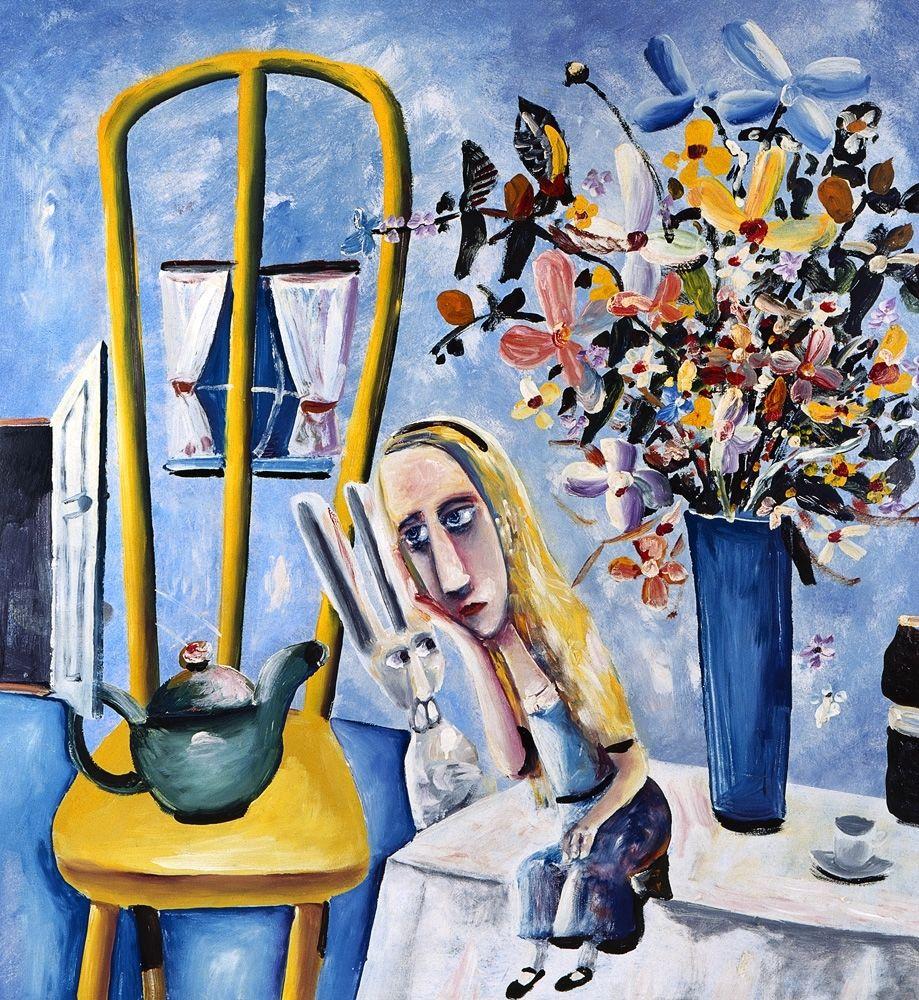Art as powerful storytelling: Collect stories not things
Once upon a time, the ability to read was rare. In light of this, humans turned to images – cave paintings, painted vases, frescos, tapestries and illustrations. Within a frame artists set about telling an entire philosophy of life. Complete with a protagonist and adversary, as well as a message or spark of insight, the dawn of great art was one of persuasive storytelling.
Today this tenet of art remains among its most powerful. As one wise collector one said, "collect stories not things". What has evolved however, is the breadth of stories a work of art can offer. Personal, historical and mythological, fine art no longer just tells of its subject or maker, it tells our story, both universally and specifically.

Anne Marie Hall, 'Candy Girls'
Personal Stories
Ask any collector about their favourite piece and they invariably touch on how they acquired it. Perhaps they were marking a milestone, following their instinct or reminded of their childhood. This entwining of artwork and self is the burgeoning of a new story, beyond artist, art historian and museum.
This story flourishes the longer and more conscientiously a work is cared for. Perhaps a footnote is added one Saturday evening, when a house guest sees something surprising in its subject. A new chapter begins the day it is imparted to your family’s next generation, or otherwise passed on. The prologue enriches when a surprising fact is uncovered about its provenance.

John Olsen, 'Foggy Morning'
Historical Stories
Art is one of the prime avenues through which history is witnessed. Works by Roar artists for example, are inflected with 1980s counter-culture. Bred on Brunswick Street, Fitzroy, artists like David Larwill, Mark Schaller and Pasquale Giardino bucked the status quo to launch one of Melbourne’s earliest artist-run-initiatives. The results hark of punk, street art and rebellion.

David Larwill, 'Trip'
Universal Stories
Beyond history and the self, art is also vital for the universal stories it tells. In the words of icon of Australian art Charles Blackman,
“There is no psychological truth unless it is particular, but on the other hand, there is no art unless it is general. The whole problem is that – how to express the general by the particular, how to make the particular express the general.”
Let’s look at an example. Blackman’s much adored ‘Alice on Table’ is at first glance, about Lewis Carroll’s childhood romp ‘Alice in Wonderland’. Upon closer inspection however, this Alice reveals herself as different from Carroll’s. Rather, eyes ringed purple and torso bent in fatigue, this is someone world-weary and trapped in an increasingly estranged reality.

Charles Blackman, 'Alice on the Table'
Art historians understand this Alice as a surrogate for Barbara Blackman, Charles’s then wife and muse. In the midst of failing eyesight, Charles would read ‘Alice in Wonderland’ to her, recognising in both a fight against unfamiliarity.
While this reading of the work is personal, there remains something universal about it. Pared back to its pure emotion, ‘Alice on the Table’ is a story about loss, disorientation and the miracle of imagination. Anybody who has ever felt ill at ease, in a world they cannot control, where imagination is their only reprieve, they can see in Alice, Barbara and Charles’s story.

These days, it’s easy to think of storytelling as unique to the written word, film or conversation. In reality however, stories wind through all forms of culture, in particular art. Just as our ancestors did by torch light, so do we. Looking into a great work of art, we see our own story along that of culture, history and humanity.
The End.
Start telling your story through art here.
